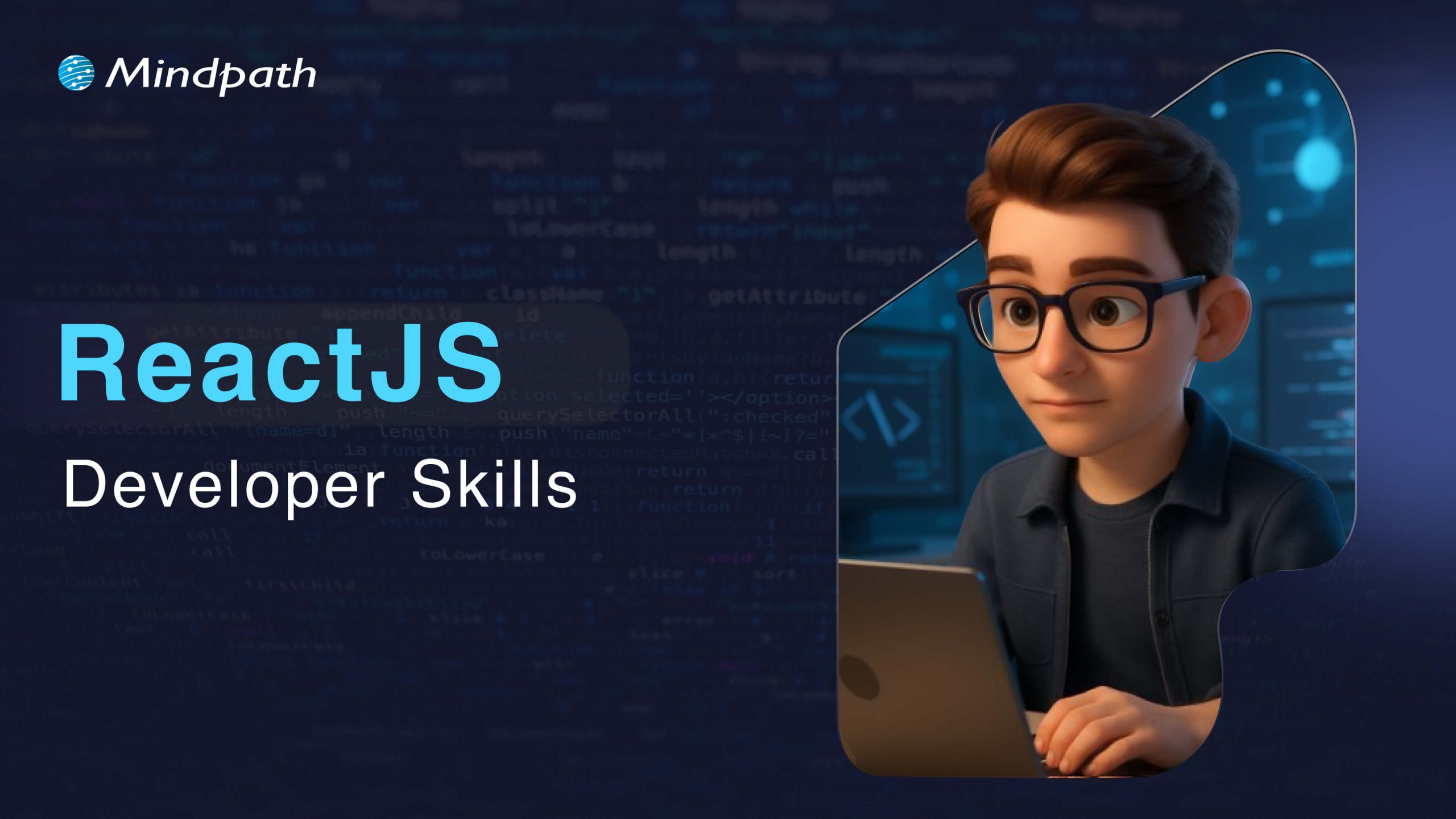The cost of hiring a ReactJS developers in London varies depending on experience, competence, and the hiring strategy. Understanding wage expectations allows you to make a knowledgeable recruiting decision, whether you require a junior developer for simple duties or a senior developer for more complicated projects. Here’s a quick overview of the various kinds of ReactJS developers and their prices:
1. Junior React Developers (£32,450 - £52,320+ annually)
Junior developers often have 1-2 years of experience, making them appropriate for simple projects, UI changes, and tiny feature implementations. They need supervision from seasoned developers yet can execute entry-level work effectively. Hiring a junior developer is a cost-effective solution for tasks that do not require extensive technical knowledge.
2. Mid-Level React Developers (£52,320 - £78,650+ annually)
Mid-level developers have 3-5 years of experience and can manage moderate to difficult projects. They have extensive technical knowledge, operate autonomously, and maximize performance. Suitable for enterprises who want skilled developers to create scalable React apps at a lesser cost than recruiting senior specialists.
3. Senior React Developers (£78,650 - £103,000+ year)
Senior developers have over 5 years of expertise in advanced development, architectural design, and team management. They address challenging technological issues and assure high-performance applications. If your project necessitates React, state management, performance optimization, and leadership skills, hiring a senior React developer is a wise decision.
4. Dedicated React Developers (£30–£100 per hour)
Dedicated React developers work on an hourly basis, allowing you flexibility on short-term or specialized projects. Their fees vary depending on their level of experience and the intricacy of the job. This solution is perfect if you want a specialist for certain tasks without hiring a full-time staff, making it a cost-effective alternative.
5. Offshore React Developers (£15 – £40 per hour)
Offshore developers from regions like India, Ukraine, and Eastern Europe offer a cost-effective alternative while maintaining high-quality standards. Offshore hiring allows you to reduce development costs without compromising on expertise. This is a great option for startups or businesses looking for affordable, scalable solutions.
At Mindpath we provide highly skilled ReactJS developers to match your project needs and budget.
Get in touch with us today! today to find the right talent for your React development.














